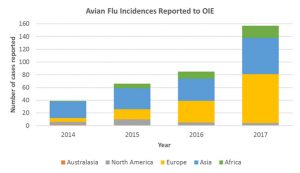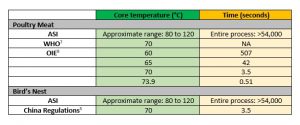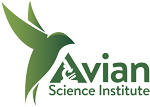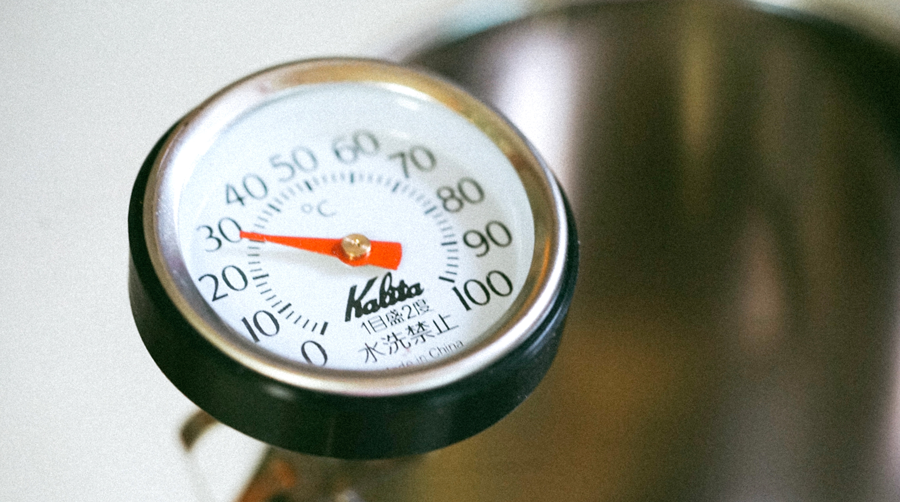You have heard about it but only with superficial knowledge?
Or maybe you’re seeking for more facts to make an informed decision?
Here’s a useful summary about the Avian Influenza virus and how it could impact you!
Background
There are four types of influenza viruses – A, B, C and D. Avian Flu consists of multiple strains of the Influenza A virus, some of which also cause human infections. In fact, Influenza A viruses can infect many different animals and can cause pandemics in cases where there are sustained inter-human transmissions.1,2,3 Each strain of the Influenza A virus differs depending on the two protein subtypes they consist of. Examples include H5N1 and H7N1, both of which are Avian flu strains that have also caused human infections. 2
The impact of Avian/Swine Flu on communities has been reported since the early 20th century where the H1N1 Spanish flu affected swine and birds, resulting in 40 to 50 million deaths. Other pandemics and outbreaks have also occurred in Hong Kong (H3N2), China (H5N1), Thailand and other parts of Asia (H2N2, H5N2, H5N6, H5N7, H7N9 etc), and have resulted in millions of deaths.
Since 2014, there has been a significant increase in the number of cases of Avian Influenza across all continents including Australasia, North America, Europe, Asia and Africa. In fact, data available from Office International des Epizooties (OIE) shows an estimated 3-fold increase in the number of cases reported from 2014 to 2017 (Figure 1).6 Within 2018 alone, Influenza A H5 and H7 viral strains have been detected in countries such as China, Japan, Korea, Malaysia, Cambodia, Vietnam, Bangladesh, Denmark, Germany and many more.

Figure 1. H5 and H7 Avian Influenza outbreak data reported to OIE – 2014 to 2017)
Our Contribution to Managing Avian Flu
As part of the Institute’s efforts to address the Avian Flu crisis that has periodically plagued the regions markets since the 1950s, the team has worked to incorporate guidelines established by WHO, FAO, CDC as well as Good Agricultural Practices from the various markets to develop more stringent protocols. An example is to recommend heat treating products meant for consumption at a higher temperature and for a longer time than what has been proposed by the regulatory bodies.
The Avian Science Institute has worked with businesses to develop stringent protocols and internal guidelines to minimize the risk of Avian Flu can be minimised in the supply chain. Mitigation plans have also incorporated the Good Agricultural Practices (GAP) from different regulatory bodies. Key highlights from the guidelines include:
- Ensuring that the core temperature of meat (eg. poultry) or bird’s nest reaches the following temperatures and is heated for the following times so that if there is an Avian Influenza virus present, it will be eradicated.
- An example is to recommend heat treating the product at a higher temperature and for a longer time than what has been proposed by the regulatory bodies. Examples of guidelines set by regulatory bodies for consumer products :

- Only purchase from approved list of suppliers that have undergone stringent quality checks or have regulated farming systems (eg. closed farming).
- Compulsory temperature and cleanliness reports for refrigerated trucks for transporting the goods.
- Additional documentation required during an Avian Flu crisis – eg. Farm poultry inspection report, poultry must be checked and certified as free from Avian Influenza by the specific country’s regulatory body, proof of vaccination.
Good sources of information regarding Avian Flu:
World Health Organization (WHO) – Avian Influenza
Food and Agriculture Organization of the United Nations (FAO) – Avian Influenza
World Organization for Animal Health (OIE) – Avian Influenza Portal
Office International des Epizooties (OIE) first established in 1924, became the World Organisation for Animal Health in 2003 but kept its historical acronym OIE. The OIE is the intergovernmental organisation responsible for improving animal health worldwide.
Centers for Disease Control and Prevention (CDC) – Information on Avian Influenza
References:
- http://www.who.int/
- https://www.cdc.gov/
- http://agriculture.vic.gov.au/
- http://www.oie.int/
- https://www.todayonline.com/
- http://www.oie.int/
- http://www.who.int/
- http://www.oie.int/
- https://www.apo-tokyo.org/

